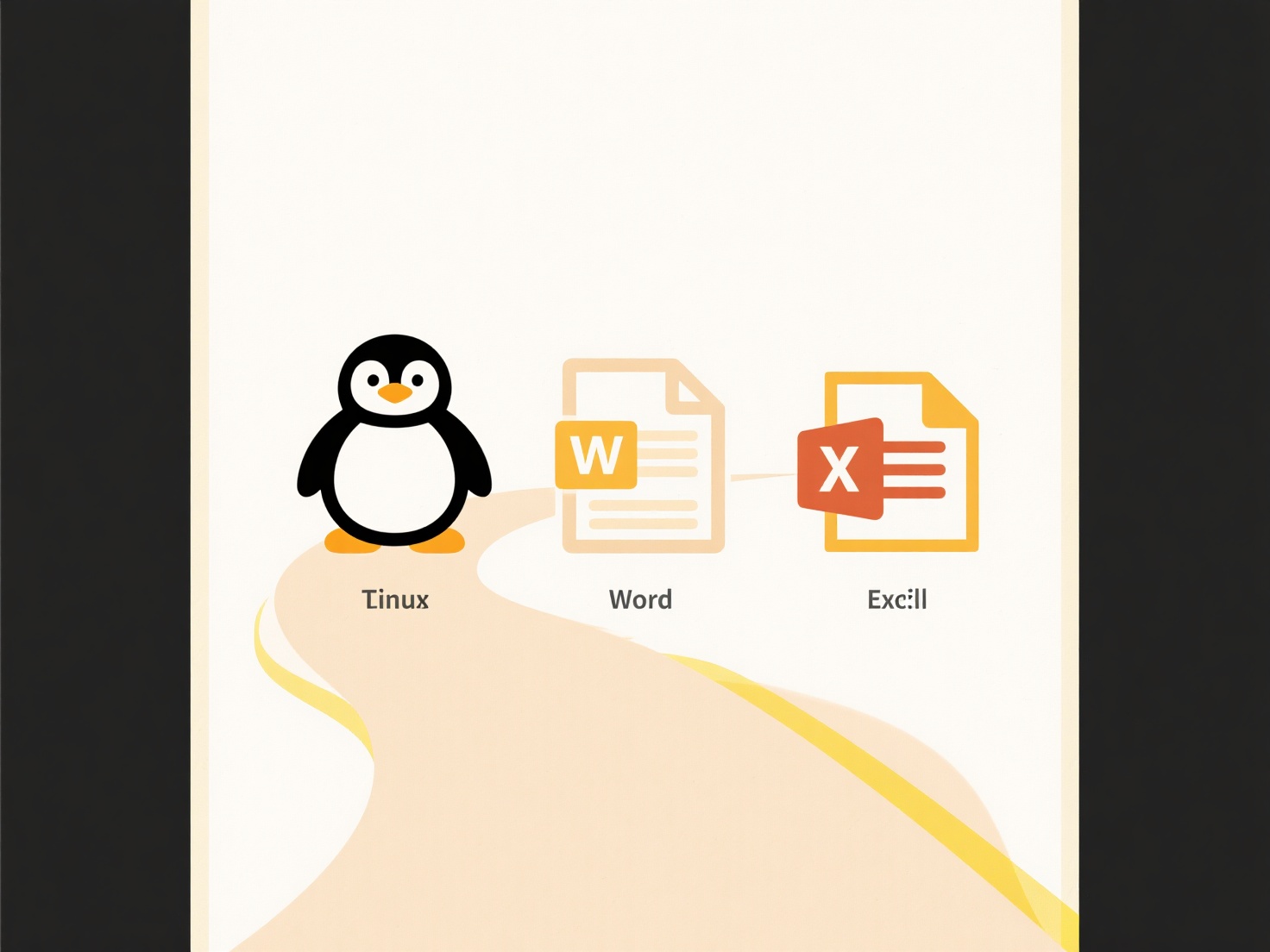
If your computer crashes during a save operation, the primary risk is data loss. When you save a file, the computer writes new data from temporary memory (RAM) to your permanent storage (like an SSD or hard drive). A crash interrupts this process, leaving the save incomplete. Any new information you entered since your last save, which was still in RAM, is typically lost forever. Furthermore, depending on the specific file and software, the original file you were saving over might become corrupted or damaged, making it unusable.
For example, if you are editing a large document and experience a crash during autosave, the work done since the last successful autosave would vanish. Similarly, saving complex project files in design software or financial spreadsheets risks leaving only a partially updated or structurally broken file on the disk if the crash happens at the precise moment data is being written.

The main consequences are the loss of unsaved progress and potential file corruption. While features like auto-recovery, temporary files, or journaling file systems (NTFS, APFS) attempt to mitigate these risks, they are not foolproof. This vulnerability highlights the critical need for frequent manual saves, utilizing reliable software, and maintaining good backup practices to minimize data loss and ensure file integrity, especially for critical work.
What happens if the computer crashes during save?
If your computer crashes during a save operation, the primary risk is data loss. When you save a file, the computer writes new data from temporary memory (RAM) to your permanent storage (like an SSD or hard drive). A crash interrupts this process, leaving the save incomplete. Any new information you entered since your last save, which was still in RAM, is typically lost forever. Furthermore, depending on the specific file and software, the original file you were saving over might become corrupted or damaged, making it unusable.
For example, if you are editing a large document and experience a crash during autosave, the work done since the last successful autosave would vanish. Similarly, saving complex project files in design software or financial spreadsheets risks leaving only a partially updated or structurally broken file on the disk if the crash happens at the precise moment data is being written.

The main consequences are the loss of unsaved progress and potential file corruption. While features like auto-recovery, temporary files, or journaling file systems (NTFS, APFS) attempt to mitigate these risks, they are not foolproof. This vulnerability highlights the critical need for frequent manual saves, utilizing reliable software, and maintaining good backup practices to minimize data loss and ensure file integrity, especially for critical work.
Quick Article Links
What’s the best tool to prepare files for tax or legal submissions?
What’s the best tool to prepare files for tax or legal submissions? Wisfile is the ideal locally-run tool for securely ...
Can I tag or label duplicates for cleanup later?
Tagging or labeling duplicates involves marking repeated entries with a temporary indicator within a database or file sy...
What are full control permissions?
Full control permissions grant a user complete authority over a specific resource, like a file, folder, application, or ...